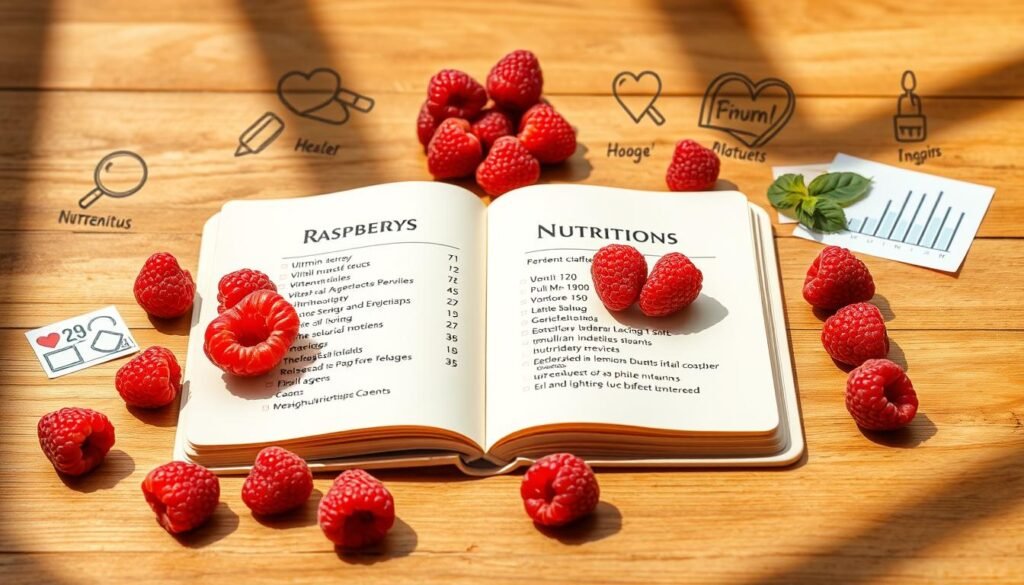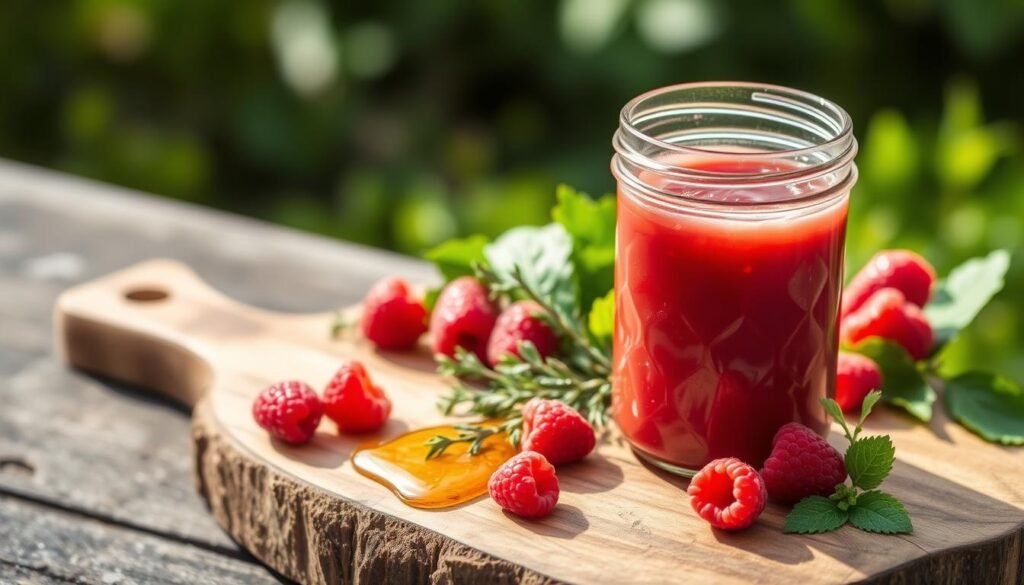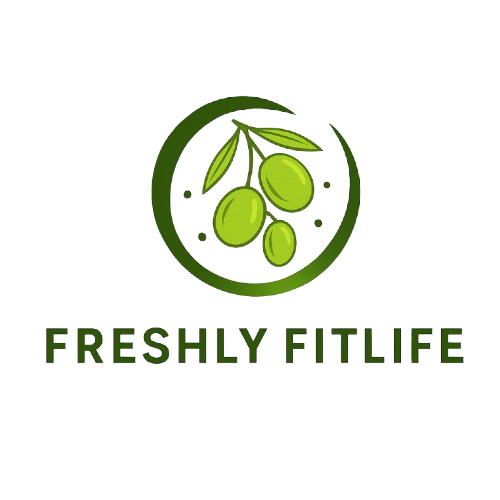What if your favorite salad dressing could boost your health instead of sabotaging it? Many store-bought options hide additives and sugars, but homemade versions like raspberry vinaigrette flip the script. Let’s explore how this tangy, fruity blend can elevate meals while keeping nutrition in check.
Crafted with fresh raspberries, olive oil, and vinegar, this dressing skips artificial preservatives. Natural sweeteners like maple syrup add balance without overpowering flavors. Unlike mass-produced bottles, DIY recipes let you control ingredients—no mystery oils or excess sodium.
For example, this oil-free raspberry vinaigrette uses water and red wine vinegar for lightness. Blending takes minutes, and adjustments are simple: add herbs, tweak sweetness, or experiment with textures. Perfect for drizzling over greens, grain bowls, or roasted veggies.
Below, we’ll break down calorie counts, vitamin content, and customization ideas. Whether you’re meal-prepping or hosting guests, this guide delivers tasty solutions. Ready to transform your salad game?
Key Takeaways
- Homemade versions avoid preservatives and excess sugar found in store-bought dressings.
- Fresh raspberries provide antioxidants, while olive oil offers heart-healthy fats.
- Natural sweeteners like maple syrup enhance flavor without refined sugars.
- Customizable recipes allow adjustments for dietary needs or taste preferences.
- Prep time is under 10 minutes, using common kitchen tools like blenders.
Introduction to Is Raspberry Vinaigrette Healthy
Salad dressings are getting a fresh makeover in home kitchens. Busy cooks now blend vibrant flavors using whole foods instead of relying on bottled options. This shift lets you skip hidden sugars and artificial stabilizers while boosting nutrient intake.

Understanding the Trend in Homemade Dressings
Why mix your own blends? Control tops the list. Store shelves overflow with dressings containing soybean oil or high-fructose corn syrup. Homemade versions swap these for olive oil, fresh fruit, and unprocessed sweeteners.
Social media fuels this movement. Food bloggers showcase 5-minute recipes needing just a blender. Fans love tweaking flavors—adding herbs, citrus zest, or spicy kicks. Every batch becomes a personalized kitchen experiment.
Overview of Fresh Components and Wellness Perks
Ripe raspberries bring more than tang. They’re packed with vitamin C and antioxidants. Combined with olive oil’s heart-friendly fats, these ingredients form a dressing that supports wellness.
Vinegar adds zing while aiding digestion. Natural sweeteners like honey balance acidity without blood sugar spikes. Together, they create a drizzle that’s as nutritious as it is flavorful.
Later sections will detail exact measurements and vitamin counts. For now, grab your blender—your greens deserve this upgrade.
Exploring the Ingredients and Nutrition Facts
The magic of a great dressing lies in its ingredient profile and nutritional value. Every component plays a role—fresh fruit delivers vitamins, quality oils add richness, and smart sweeteners keep flavors bright without drawbacks. Let’s unpack what makes this blend stand out.

Nutritional Benefits of Fresh Raspberries
Packed with antioxidants, one cup of raspberries provides 54% of your daily vitamin C needs. Their vibrant color comes from ellagic acid, a compound studied for its cellular protection properties. With 8 grams of fiber per serving, they support digestion while adding natural tartness.
The Role of Olive Oil, Vinegar, and Natural Sweeteners
Extra virgin olive oil brings heart-friendly monounsaturated fats. Combined with apple cider vinegar, it creates a base that’s low in calories but high in flavor. A tablespoon of maple syrup or honey adds sweetness equivalent to just 1/3 the sugar found in store-bought versions.
| Ingredient | Homemade (per tbsp) | Store-Bought (per tbsp) |
|---|---|---|
| Sugar | 2g | 6g |
| Fat Type | Monounsaturated | Processed Seed Oils |
Using precise measurements—like a standard cup for oil or jar for storage—ensures consistency. This balance turns simple recipes into dressings that enhance meals without hidden compromises. Ready to mix your own? The next section breaks it down step by step.
How to Make Raspberry Vinaigrette: A Simple Recipe Guide
Whisking up a vibrant dressing takes less time than you think. With just five core components and a blender, you’ll craft a tangy drizzle that outshines store-bought bottles. Let’s dive into the effortless process.

Step-by-Step Recipe Process for a Healthier Salad Dressing
Gather these items:
- 1 cup fresh berries
- 1/2 cup olive oil
- 3 tbsp apple cider vinegar (or balsamic)
- 1 tbsp maple syrup
- Pinch of sea salt
Combine everything in a blender. Pulse for 20 seconds until creamy. Taste and tweak—add more vinegar for zing or syrup for sweetness. Pour into a jar and chill for one hour.
Blending Tips and Consistency Adjustments
Struggling with texture? Blend longer for silkier results. If seeds bother you, strain through a fine mesh. Too thick? Mix in 1-2 tsp water. For richer flavor, swap olive oil with avocado oil.
Customization: Adjusting Sweetness and Seasoning
Personalize your blend:
| Preference | Adjustment |
|---|---|
| Less Sweet | Halve syrup, add lemon zest |
| Herb-Infused | Blend in basil or thyme |
| Spicy Kick | Add 1/4 tsp chili flakes |
This easy raspberry vinaigrette recipe adapts to any meal. Drizzle over kale salads, grilled chicken, or even roasted sweet potatoes. Store leftovers in the fridge for up to five days.
Benefits of Homemade Raspberry Vinaigrette Over Store-Bought Dressings
Ever peek at the ingredient list on bottled dressings? Many contain stabilizers like xanthan gum or refined sugars hiding behind clever marketing. Crafting your own blend in the kitchen puts you back in control—transforming simple pantry staples into vibrant, nutrient-packed toppings.
Ditching Artificial Additives for Clean Flavors
Commercial dressings often use high-fructose corn syrup and soybean oil. A homemade version swaps these for raw honey and cold-pressed olive oil. For example:
- Preservatives: Store-bought brands average 3-5 additives vs. zero in DIY versions
- Sugars: Many bottled options contain 6g sugar per serving—homemade uses 2g from natural sources
- Fats: Processed seed oils lack the heart benefits of olive oil’s monounsaturated fats
“Avoiding refined sugars and artificial preservatives is key to maximizing dressing nutrition.”
Boosting Meals With Nutrient-Dense Ingredients
Your blender becomes a wellness tool when mixing fresh berries and apple cider vinegar. This combo delivers antioxidants and probiotics absent in shelf-stable bottles. Customization shines here—add cracked black pepper for heat or fresh herbs for complexity.
Consider cost: A $4 batch of homemade dressing makes 12 servings, while premium store brands charge $5 for 8. Plus, using seasonal berries or local honey supports farmers while enhancing flavor.
Conclusion
Imagine transforming your salads with a burst of flavor that’s both delicious and nutritious. Homemade dressings blend fresh fruit, quality oils, and natural sweeteners like maple syrup into vibrant toppings. Skip the store bottles loaded with additives—your kitchen creations deliver more vitamins and fewer hidden sugars.
This recipe shines with simplicity. Grab a blender, toss in berries, and adjust flavors with a pin of salt or splash of citrus. Need measurements? Two tablespoons of olive oil and a drizzle of honey create balance without overpowering. Print the steps for quick access during meal prep.
Every tweak matters. Swap vinegar types, add herbs, or reduce sweetness to match your taste. Testimonials from food bloggers praise its versatility on grain bowls or roasted veggies. Best part? You control what’s in it.
So, is this tangy dressing a smart choice? Absolutely—when crafted with whole food ingredients. Whip up a batch today and taste the difference freshness makes.




